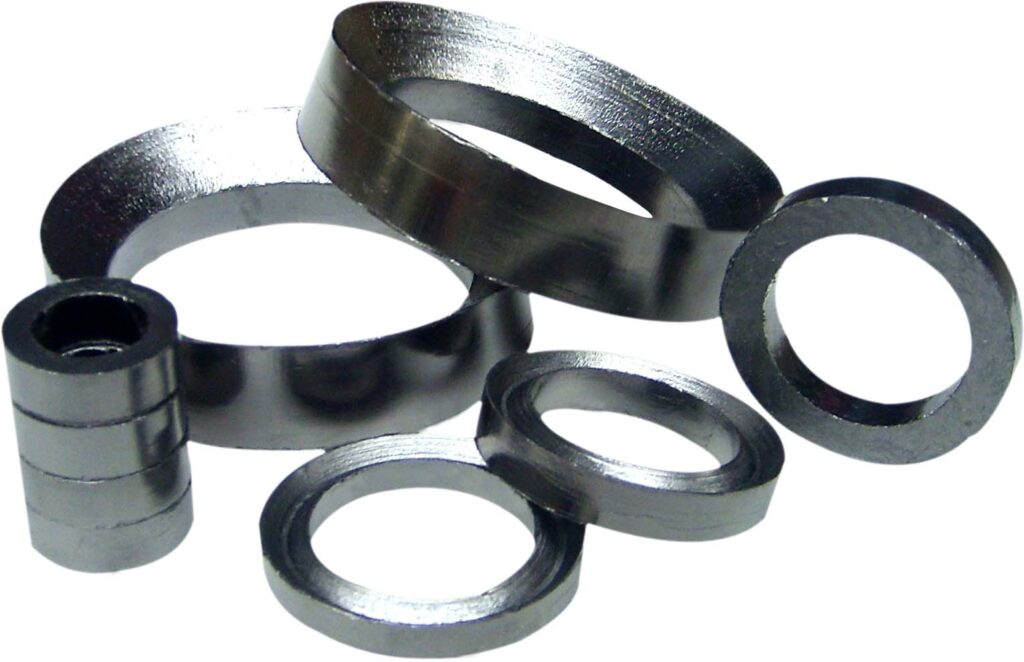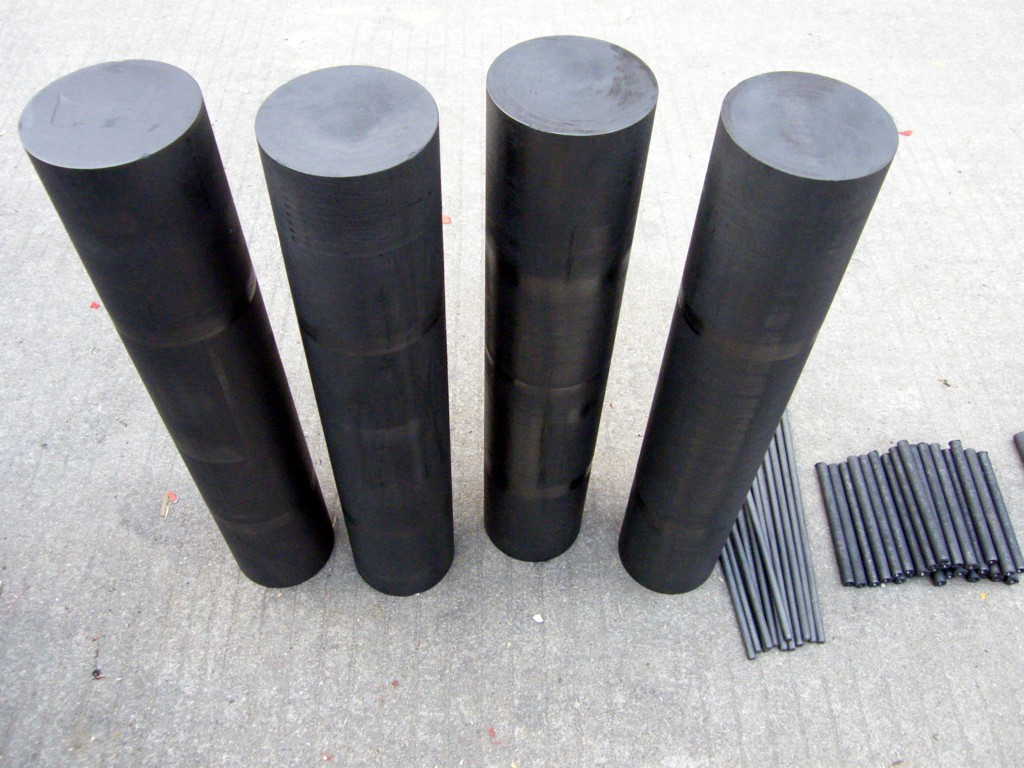A graphite rotor is a specialized piece of equipment made primarily from graphite, a form of carbon with unique properties. Graphite is renowned for its high thermal conductivity, electrical conductivity, and lubricating properties, which make it an ideal material for rotors in various industrial applications. Its structure and material make it highly suitable for various industrial applications, especially in the metal processing industry.
Graphite rotors come in different types, each designed to meet specific industry needs. Some are crafted with fine-grained graphite, offering enhanced strength and wear resistance, while others use expanded graphite for better flexibility in certain operational conditions. The manufacturing process of graphite rotors is meticulous. It typically involves mixing graphite powder with binders, followed by shaping through processes like molding or extrusion. Then, high-temperature heat treatment is carried out to improve the mechanical and thermal properties of the rotor, ensuring its reliability in harsh working environments.
Graphite rotors are widely used in aluminum processing. They play a crucial role in the degassing and refining of molten aluminum. By rotating in the molten metal, the graphite rotor introduces inert gases like argon or nitrogen. These gases form tiny bubbles that rise through the melt, capturing and removing impurities and hydrogen, which improves the quality of the aluminum. In the automotive industry, for example, high-quality aluminum components made with the help of graphite rotors are used to manufacture engine blocks and transmission parts. These components need to be lightweight yet strong, and the refining process enabled by graphite rotors ensures that the aluminum has the right properties. In the aerospace sector, where the demand for ultra-light and high-strength materials is even more stringent, graphite rotors contribute to producing aluminum alloys that can withstand extreme conditions during flight.
One of the main advantages of a graphite rotor is its excellent heat resistance. Graphite can withstand high temperatures without deforming or losing its structural integrity, making it ideal for use in high – temperature molten metal environments. Additionally, graphite has good chemical stability, reducing the risk of chemical reactions with the molten metal. Compared to rotors made from other materials, such as metal rotors, graphite rotors do not contaminate the molten metal. Metal rotors may react with the molten material over time, introducing unwanted impurities. Graphite rotors, on the other hand, maintain the purity of the metal being processed, which is vital in industries where high product quality is non-negotiable.
To ensure the longevity of a graphite rotor, proper maintenance is necessary. Regular inspection for wear and tear, as well as cleaning after each use, can extend its service life. When inspecting, operators should pay attention to signs of surface erosion or cracking. If any damage is detected, timely repair or replacement is required. Cleaning the rotor involves removing any residual molten metal or slag that may have adhered to its surface. Specialized cleaning agents and methods are often used to avoid damaging the graphite material.
In conclusion, graphite rotors are essential tools in the metal processing industry. Their unique material properties make them indispensable for improving the quality of molten metals. As industries continue to evolve and demand higher-quality products, the importance of graphite rotors in ensuring efficient and precise metal processing will only increase.


